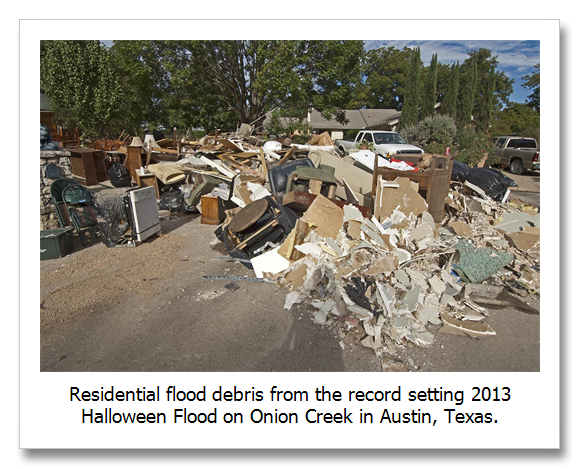
A recent article in Atlantic implies climate change to be wrongly viewed as something we don’t yet know much about. This article “American Trees Are Moving West, and No One Knows Why”, is half correct. The authors in the study reported upon reveal the reasons why trees are shifting west (as well as north), and…













